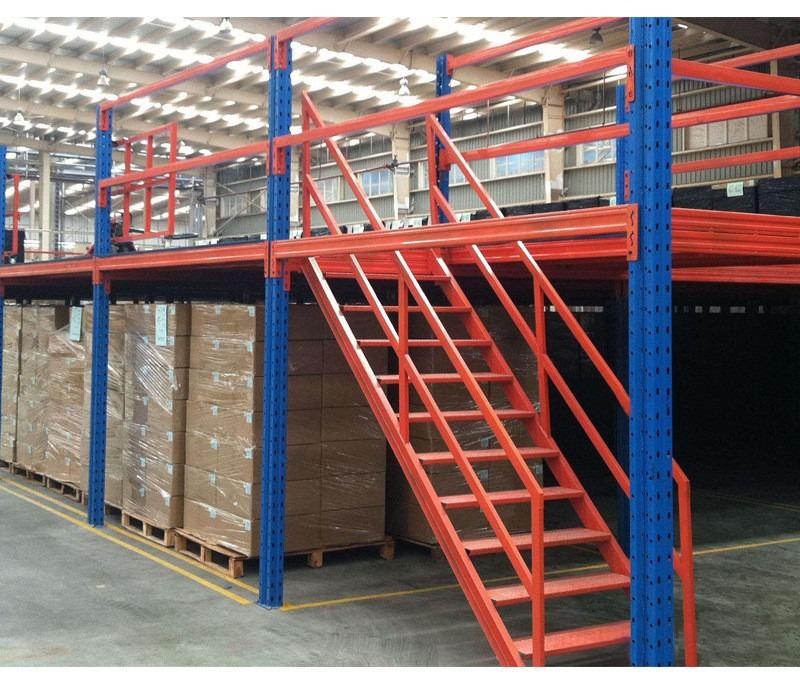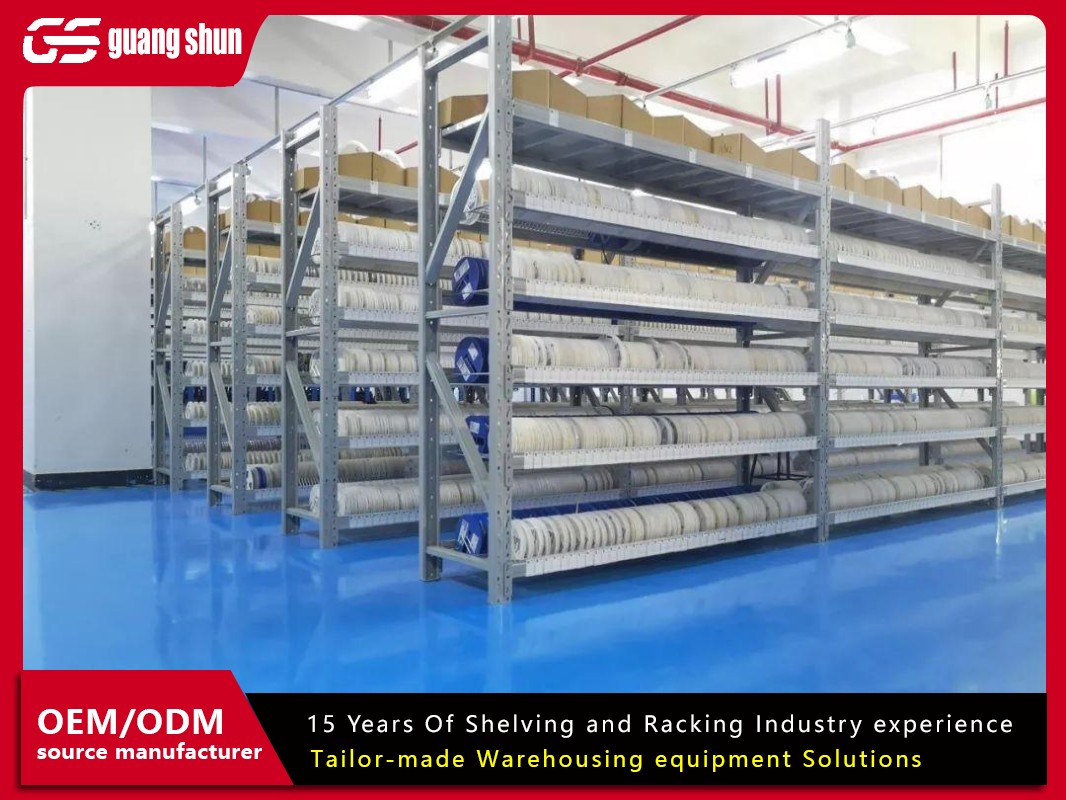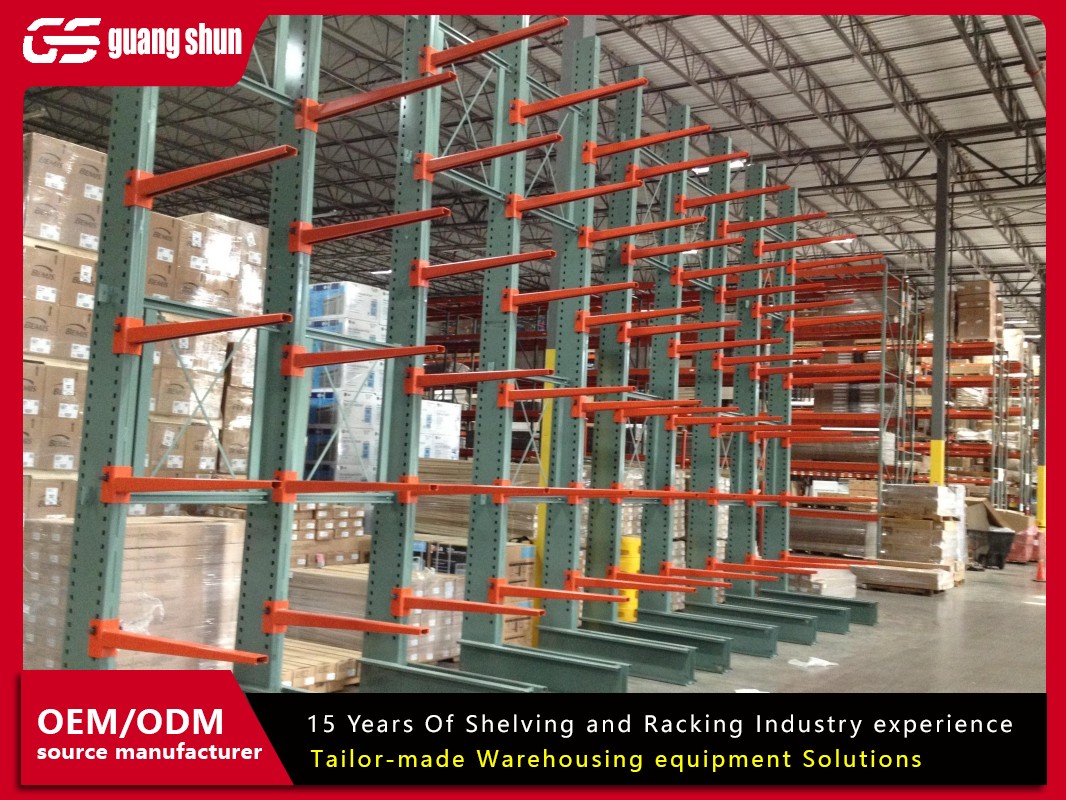In the world of logistics and warehousing, the racking stands as a cornerstone of modern storage systems, driving efficiency and organization in various industries. This article delves into the multifaceted aspects of the racking, providing a comprehensive overview that highlights its importance, types, benefits, applications, installation processes, and future trends. Whether you're a business owner, logistics manager, or simply curious about industrial storage, understanding the racking can unlock significant operational advantages. By exploring these key areas, you'll gain insights into how the racking can optimize space, reduce costs, and enhance productivity in diverse settings.

What is The Racking?
The racking refers to a structured storage system designed to hold goods in an organized manner, typically used in warehouses, distribution centers, and manufacturing facilities. It involves the use of metal frames, beams, and shelves to support pallets, boxes, or other items, allowing for easy access and efficient inventory management. Historically, the racking has evolved from simple wooden shelves to advanced, customizable steel structures that cater to specific storage needs. This system is integral to supply chain operations, as it maximizes vertical space, reduces clutter, and facilitates faster retrieval of products. In essence, the racking serves as the backbone of any storage facility, enabling businesses to handle large volumes of goods with precision and safety. By incorporating the racking, companies can adapt to fluctuating demand and maintain a streamlined workflow, making it a vital component in today's competitive market.
Types of The Racking Systems
There are several types of the racking systems, each tailored to different storage requirements and operational environments. Understanding these variations is crucial for selecting the right solution for your needs. First, selective racking is one of the most common forms, allowing direct access to every pallet, making it ideal for high-turnover inventory. Second, drive-in the racking maximizes storage density by enabling forklifts to drive into the structure, suitable for storing large quantities of similar items. Third, push-back racking utilizes a dynamic system where pallets are stored on nested carts, allowing for last-in, first-out (LIFO) inventory management. Fourth, pallet flow racking incorporates gravity-fed rollers to automatically move pallets forward, optimizing space and reducing handling time. Lastly, cantilever the racking is designed for long, bulky items like pipes or lumber, featuring arms that extend from a central column. Each type of the racking offers unique advantages, and businesses often combine them to create hybrid systems that address specific challenges, such as space constraints or seasonal demand spikes.
Benefits of Implementing The Racking
Implementing the racking in a storage facility brings numerous benefits that directly impact efficiency and profitability. One of the primary advantages is space optimization; by utilizing vertical height, the racking allows businesses to store more goods in the same footprint, reducing the need for expansive warehouse areas. This leads to cost savings on real estate and utilities. Additionally, the racking enhances inventory management by providing clear organization, which minimizes errors and speeds up order fulfillment. Safety is another critical benefit, as well-designed racking systems reduce the risk of accidents, such as collapses or falls, by ensuring stable load distribution. Moreover, the racking improves accessibility, enabling workers to retrieve items quickly with equipment like forklifts, thereby boosting productivity. Finally, scalability is a key perk, as the racking can be easily reconfigured or expanded to accommodate business growth. Overall, investing in the racking translates to a more resilient and adaptive operation, capable of meeting evolving market demands.
Applications of The Racking in Various Industries
The racking finds applications across a wide range of industries, demonstrating its versatility and adaptability. In the retail sector, the racking is used in distribution centers to manage inventory for e-commerce and brick-and-mortar stores, ensuring timely restocking and efficient order processing. The manufacturing industry relies on the racking to store raw materials and finished products, facilitating just-in-time production and reducing downtime. In the automotive sector, the racking supports the storage of parts and components, enabling smooth assembly lines and repair services. The food and beverage industry utilizes the racking for perishable goods, often incorporating temperature-controlled systems to maintain quality. Additionally, in logistics and third-party logistics (3PL) providers, the racking is essential for cross-docking and consolidation, streamlining supply chain operations. Even in specialized fields like pharmaceuticals, the racking ensures compliance with regulatory standards by providing organized, traceable storage. This broad applicability underscores how the racking serves as a universal solution for diverse storage challenges.

Installation and Maintenance of The Racking
Proper installation and maintenance are crucial for maximizing the lifespan and performance of the racking. The installation process typically begins with a site assessment to determine the optimal layout, considering factors like floor strength, ceiling height, and traffic flow. Professional installers then assemble the racking components, ensuring that beams, frames, and connectors are securely fastened according to manufacturer specifications and safety standards. During installation, it's important to account for load capacities and potential seismic activity in the region. Once installed, regular maintenance of the racking is essential to prevent failures and ensure safety. This includes routine inspections for signs of damage, such as bent beams or loose bolts, and cleaning to remove debris that could compromise stability. Employees should be trained on proper usage, including weight limits and safe loading practices, to avoid overloading the racking. Additionally, implementing a preventive maintenance schedule can help identify issues early, reducing the risk of costly repairs or accidents. By prioritizing installation and upkeep, businesses can extend the life of the racking and maintain a safe, efficient storage environment.
Future Trends in The Racking Technology
The future of the racking is shaped by technological advancements that promise to enhance efficiency, sustainability, and intelligence in storage systems. One emerging trend is the integration of automation and robotics, where the racking is combined with automated guided vehicles (AGVs) or robotic arms to enable hands-free operations, reducing labor costs and errors. Another development is the use of IoT (Internet of Things) sensors in the racking, which provide real-time data on inventory levels, environmental conditions, and structural integrity, allowing for predictive maintenance and optimized space utilization. Sustainable materials are also gaining traction, with manufacturers designing the racking from recycled steel or incorporating energy-efficient lighting to reduce environmental impact. Furthermore, modular and customizable racking systems are becoming more popular, enabling businesses to quickly adapt to changing needs without major overhauls. Lastly, AI-driven analytics are being applied to the racking to forecast demand and optimize layout designs, leading to smarter storage solutions. These trends indicate that the racking will continue to evolve, offering even greater value in the years to come.
In conclusion, the racking is a vital element in modern storage and logistics, offering a range of benefits from space savings to improved safety. By understanding its types, applications, and maintenance requirements, businesses can leverage the racking to stay competitive. As technology advances, the racking will likely become even more integral to efficient operations, making it a worthwhile investment for any organization focused on growth and innovation.
Frequently Asked Questions (FAQs)
Q1: What is the primary purpose of the racking in a warehouse?
A1: The primary purpose of the racking is to organize and store goods efficiently by maximizing vertical space, improving accessibility, and enhancing inventory management, which leads to increased productivity and cost savings.
Q2: How do I choose the right type of the racking for my business?
A2: To choose the right type of the racking, consider factors such as your inventory turnover, storage density needs, item sizes, and budget. Consulting with a storage specialist can help you select a system, like selective or drive-in racking, that aligns with your operational requirements.
Q3: Can the racking be customized for specific storage needs?
A3: Yes, the racking can be highly customized in terms of size, load capacity, and configuration to meet specific storage needs, such as handling irregularly shaped items or integrating with automated systems for enhanced efficiency.
Q4: What are the common safety precautions when using the racking?
A4: Common safety precautions for the racking include regular inspections for damage, adhering to weight limits, ensuring proper installation, training employees on safe loading practices, and keeping aisles clear to prevent accidents and collapses.
Q5: How often should the racking be maintained?
A5: The racking should be inspected and maintained regularly, ideally on a quarterly basis, with more frequent checks in high-usage areas. This helps identify issues early and ensures the system remains safe and functional over time.







